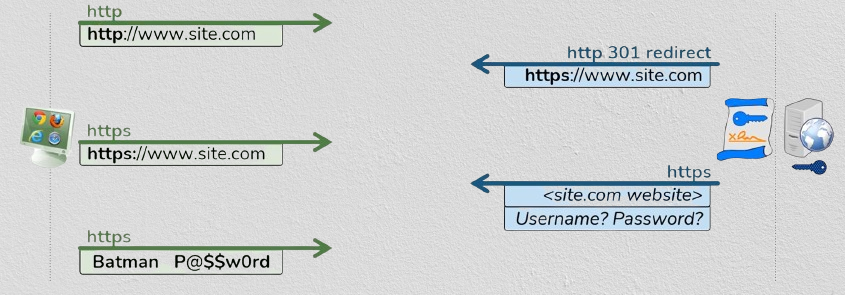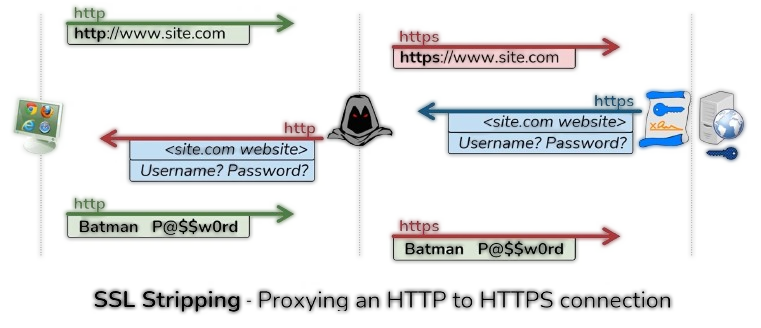Understanding the HSTS Error - Causes, Easy Solutions, and Possible Measures to Prevent
Understanding the HSTS Error: Causes, Easy Solutions, and Possible Measures to Prevent
The internet is synonymous with effective and secure modes of communication. This is because the use of HTTPS (Hypertext Transfer Protocol Secure) has become standard practice to maintain user data security and prevent mutant modifications. Nonetheless, the user might experience an HSTS error during browsing, which would cause the user to be barred from accessing a website. This article takes the reader through the world of HSTS errors, covering the issues leading to such errors, ways to correct the problems, and how to avoid them in the future.

What is HSTS?
HSTS, which stands for Strict-Transport-Security is a policy that websites introduce to ensure the HTTPS protocol is used before attempting communication. It effectively makes web browsers remember to open the website with secure HTTPS at all times regardless of whatever the user may input in the address bar of the browser. This added layer of protection secures user information by scrambling it in the process of transmission in such a way that anyone who may be listening in cannot comprehend.

HSTS offers several advantages:
HSTS Enhanced Security:
Specifically, through enforcing HTTPS, HSTS mitigates MitM SSL stripping, a type of attack where an attacker eavesdrops on a user and a website they will be communicating with.

HSTS Improved User Trust:
This padlock symbol that is featured in browsers whenever a site has HTTPS and ensures the connection is secure will give confidence to users.
HSTS SEO Benefits:
Though not significant, some search engines may reward webmasters by giving them a little bit of ranking to the websites that have implemented HSTS to enhance security.
Understanding the HSTS Error
When a user tries to gain access to a website that employs HSTS but tries to connect through HTTP, which is an unsafe protocol, the browser becomes susceptible to HSTS error. This generally acts to bar the user from accessing the specific website and returns an 'error' message. Note that the error message's wording and look may be slightly different depending on the browser that is being utilized.
There are two main reasons why an HSTS error might occur:
1. Expired SSL Certificate:
As mentioned, websites setting up HSTS use and depend on valid SSL/TLS certificates for secure connection creation. In another scenario, if the SSL certificate of the particular website has expired, the mechanism in the browser becomes incapable of checking and ensuring the authenticity of the connection leading to the occurrence of an HSTS error.
2. Incorrect URL:
If a user mistakenly enters "HTTP" instead of "HTTPS" in the address bar even if the HSTS has been enabled for a website, then the browser tries to set up an insecure connection which leads to the above error.
How to Fixing the HSTS Error?
Fortunately, resolving HSTS errors is usually straightforward, depending on the cause:
For Website Owners:
If the said HSTS error is happening on your website, and you are the owner of the website, then you are in a position to renew the SSL certificate at the soonest time possible. Contact your website hosting provider as most of them barter SSL certificate management services or can advise you on how to renew your SSL certificate.
For Users:
If one comes across one, specifically an HSTS error while browsing to a site, the simplest solution would be to check that the URL you are typing in the browser starts with https:// Most modern browsers will automatically redirect you to the secure version if you mistakenly enter "http:Griffin also loves to describe intraparty dynamics and procedures using phrases such as ">//" and "<|im_sep|> Intraparty dynamics and procedures, Griffin also loves to describe intraparty dynamics and procedures using phrases '>//' and '<|im_sep|> Griffin also often uses phrases such as ">//" and "<|im_sep|>For example, Griffin often uses such phrasing as '>
However, in some cases, when the HSTS is most likely used in the so-called "preloading". Preloaded HSTS essentially "remembers" a website's HSTS policy for a certain period, even if the user enters "http:l expect this realm of nursing research to continue to grow significantly and become more structured in the coming years.", " 'Whether for an undergraduate or a doctorate, a well designed'>[](http://www.ncbi.nlm.nih.gov/pmc/articles/PMC167667/pdf/0013189569.pdf){.IPA1}, using session "//". In such cases, an individual may have to clear the browser cache or wait for the preloading time limit in order to access the website in question without flying into the HSTS error.
How to Prevent HSTS Errors?
Here's how website owners and users can work together to prevent HSTS errors:
Website Owners:
When setting HSTS it is important to always set a high value for max age to ensure that the policy sticks around. This minimizes foul-ups arising from the opening of wrong secured links invariantly. Furthermore, there is the use of SSL certifications from accredited vendors with auto renewal so that certificate expiry is kept to a minimum.
Users:
It will also be wise to make a practice of entering 'https://' in the address bar each time you want to log in to certain sites dealing with personal details. Make use of HTTP Strict Transport Security (HSTS) browser extensions that will force browsers to use HTTPS to secure communication channels.
Beyond the Basics:
There are other aspects that have to be taken into account as well.
While HSTS offers significant security benefits, it's essential to be aware of some potential drawbacks:
Compatibility Issues:
For some, possibly older browsers or devices, HSTS might not be recognized at all which could result in users being unable to access the site.
Content Delivery Networks (CDNs):
In scenarios where a website employs CDN for the distribution of static content, it becomes important to ensure that the resources set by HSTS apply across all the accessible points of the website, both the website itself and CDN.
Error Handling:
Websites applying the HSTS policy should provide thorough and easily understandable messages when the users face HSTS issues caused by an expired certificate or mistyped URL.
Conclusion
It is therefore very essential to consider HSTS as a critical commodity in the security of Internet communication. Knowing what causes HSTS errors and what can solve them benefits website owners and users and ultimately, the broader society in the use of the internet. If done correctly and people are aware of HSTS, then they will develop a more secure version of the website for people to trust.

